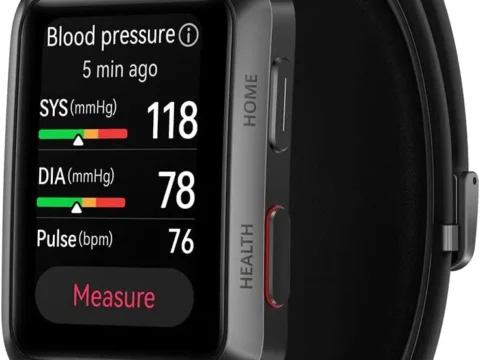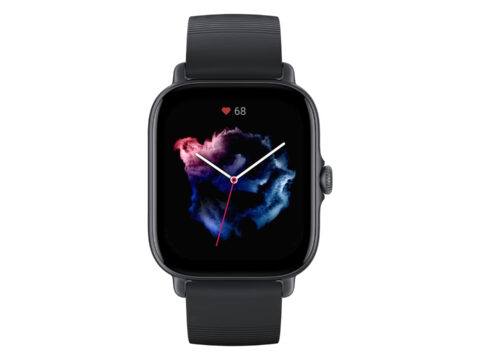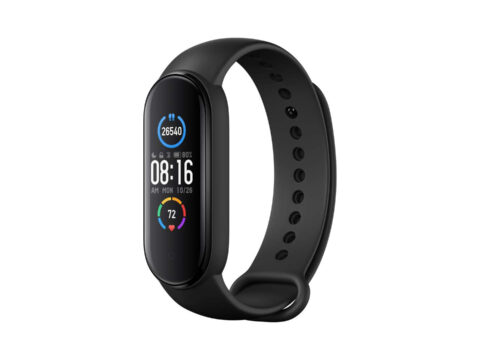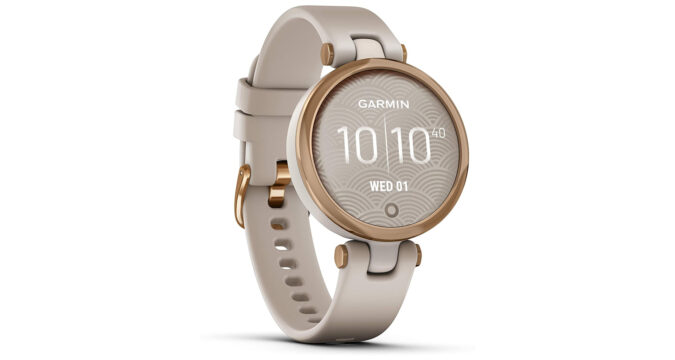
Sports watches – unlike the Garmin Lily – are usually quite clunky, heavy and large. Fitbit at least tries smaller variants, comparable sizes to classic women’s watches are rare. Garmin has probably recognized the gap in the market and is launching the Garmin Lily for this reason: The slim sports watch with a comparatively small display is supposed to be suitable for those with rather slim wrists. The Lily already shows at first glance where the journey with this watch is headed: It visually reminds much less of a smartwatch, let alone a sports watch, but looks more like a fashion accessory.
With a discreetly elegant design, a small size and an affordable price, the Garmin Lily wants to appeal primarily to women who want a smartwatch that is dressy. However, buyers will have to make some compromises. We will clarify what these are and whether the Garmin Lily is still worth the money in our test.
In this article
Technical details
| Screen size | 0,84 inches |
| Wrist material | Rubber / Silicon, Plastic |
| Size watch case | 34 mm |
| Connectivity | Bluetooth |
| GPS | No (only via Smartphone connection) |
| Battery life | up to 5 days |
| Supported systems | Android, iOS |
| Water resistance | 5 ATM |
| Display | TFT LCD |
| Sensors | Accelerometer, Pulse monitor, Pulse monitor without chest strap, Sleep monitor, Pedometers, Ambient light sensor |
| Microphone included | No |
| Speaker included | No |
Modern technology convinces
Garmin sells the Lily in two variants. Both models are available in three colors each and different wristbands. The Lily is the smallest smartwatch in Garmin’s portfolio, which is why the TFT LCD display measures just 25.4 x 21.3 millimeters. The bezel is made of aluminum and complements the simple elegance in design.
Although the Lily relies on a rather inexpensive LC display technology, the Gorilla Glass 3 used guarantees a high degree of scratch resistance. We could confirm this in the test. The watch survived falls or accidental drops on hard surfaces without any problems.
The display itself can still be read well from different viewing angles even in bright sunlight. Among other things, this is also ensured by the display’s brightness, which can be adjusted in several stages. The highest setting is even so bright that it almost dazzles in poor lighting conditions. An auto function ensures that the clock itself regulates the brightness and adapts it to the ambient conditions.
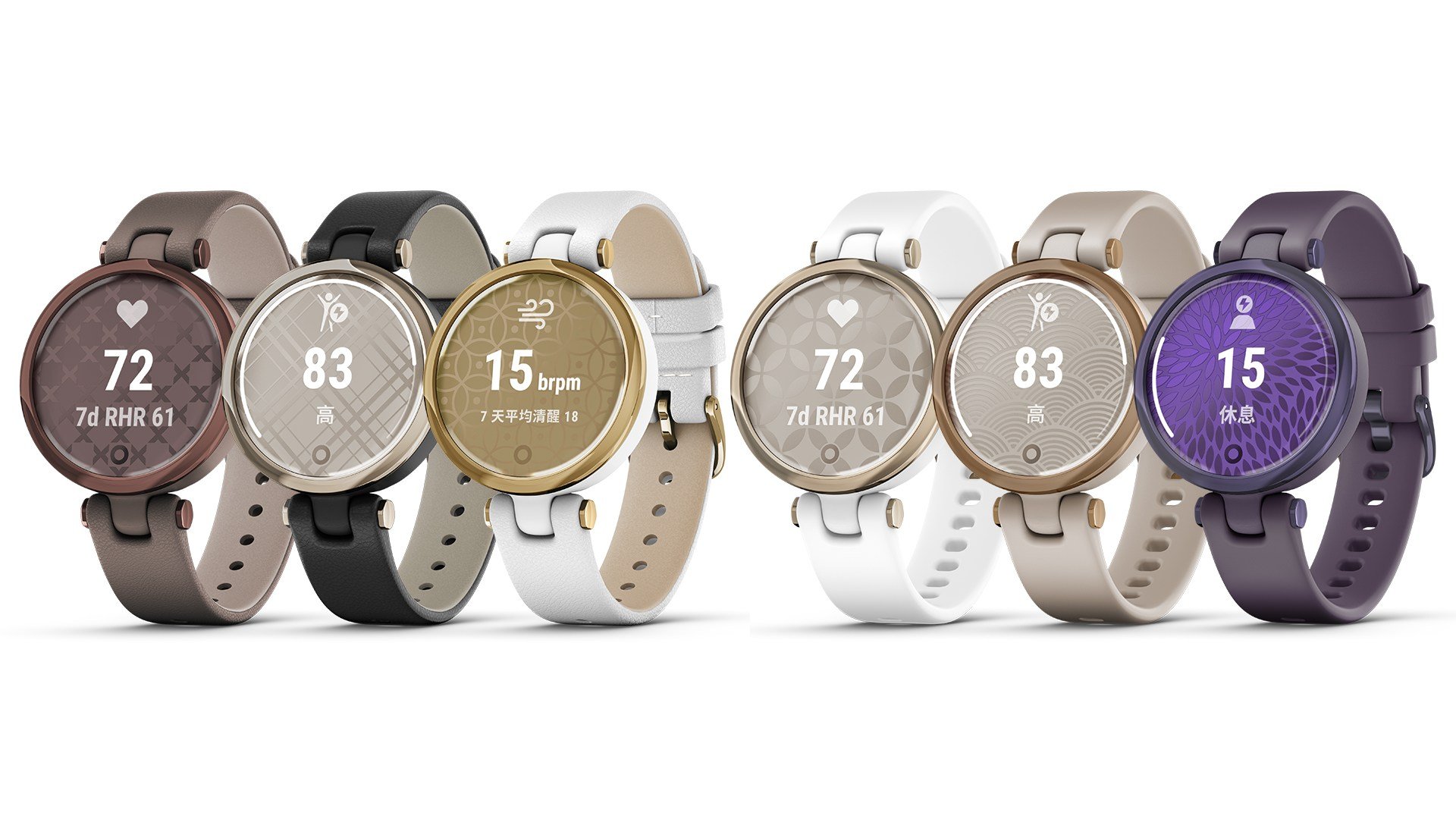
Intuitive controls
The watch is operated via a button embedded in the display as well as via touch and gesture control. This worked well most of the time in our test. However, the screen did not respond to touch in rare cases. Furthermore, waking up the watch by raising the wrist did not always work reliably – users have to perform a very distinct arm movement here for the display to turn on by itself.
We can adjust the sensitivity of the detection, but even on the highest setting this automatism did not work in individual cases. Nevertheless, those who have internalized the touch controls after a short period of use will quickly find their way around operating the Lily.
Setup and free app
Like all Garmin watches, the Garmin Lily uses the Garmin Connect app. When you start the Lily for the first time, you will be asked to connect the watch to the app. This works as usual via the app’s device menu and a pairing code that appears on the Lily’s display. The setup only takes a few minutes. Users can then choose to familiarize themselves with the operation of the watch.
Variety of sensors and features
The fact that the Garmin Lily wants to be an unassuming, elegant smartwatch is particularly evident in the activity and workout tracking. The Lily measures steps and offers an option to record blood oxygen saturation, sleep patterns and energy levels via Body Battery. Because the Lily is specifically aimed at women, Garmin explicitly advertises the menstrual cycle and pregnancy tracker, but this is also available on other Garmin watches like the Venu 2.
The pedometer works reliably and counts steps credibly and accurately. The deviation from our control device (Garmin Vivoactive 3) was less than 100 steps on 10,000 steps – a good value. If you want, you can set a step target in the app as you are used to from other Garmin devices. If we reach this daily goal, the watch reports with a corresponding message on the display.
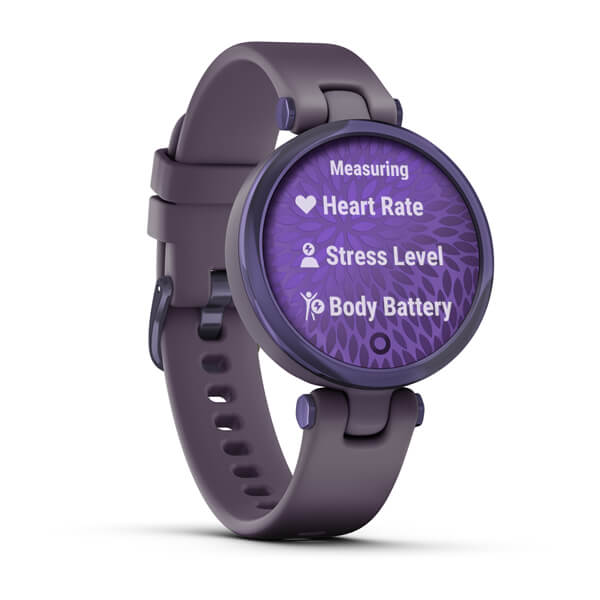
Useful additional functions for women
As already mentioned, the Garmin Lily records the menstrual cycle if desired. The requires a corresponding setup via the Garmin Connect app. Users can then enter information such as the type of cycle, the start of the previous period as well as its duration and contraceptive methods. Those who wish can enter specific symptoms or general notes for each day of the cycle.
The app calculates the probable start of the next period and provides information about the possible effects of the individual cycle phases on physical well-being. This feature can be helpful in detecting cycle irregularities or understanding unpleasant accompanying symptoms. However, cycle tracking is not a unique selling point of the Lily – almost all current women smartwatches offer this feature.
Auxiliary functions for training
Those who want to use the Lily for tracking their own workouts will have to make do with a fairly limited feature set. The watch only offers a handful of training profiles for running, cycling, swimming, strength training and cardio. It measures heart rate, distance and calorie consumption. In the swimming profile, we can also set the size of the pool (25 or 50 meters), but there is no open water option.
Unfortunately, the Lily’s workout logging seems ill-conceived in some aspects. For example, we can only display the distance covered and the training duration while running or switch to the screen with the time. There is no option to read the current heart rate or call up the music control – you have to get the Garmin Venu 2 Plus for those features.
This makes the watch practically unusable for ambitious hobby athletes. Another drawback: The display of the Lily sometimes reacted very inaccurately to our inputs during training in our test. Sometimes we had to double tap the screen repeatedly until the watch stopped recording.
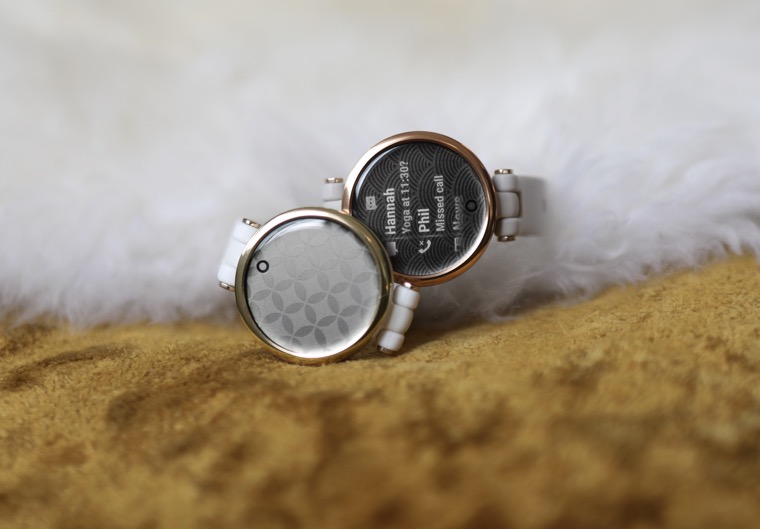
More suitable for occasional athletes.
In addition, the Garmin Lily does not have its own GPS, but must always connect to the smartphone’s GPS. Although we can also record routes without GPS, the accuracy then leaves a lot to be desired: a route that we recorded as 2.3 km via GPS corresponded to just under one kilometer on the Lily without GPS.
The heart rate measurement works passably during steady load, but fails in the case of strength and HIIT training with strongly changing intensity. So if you’re looking for a smartwatch that’s suitable for more than the occasional short run or bike ride, you’d better look for another model (such as the Venu 2).
Sleep monitoring included
While the Lily tends to operate on the back burner when it comes to tracking activities and workouts, its range of functions is more impressive when it comes to sleep monitoring. The watch measures heart rate as well as respiration rate and blood oxygen saturation while sleeping. Based on these values, the Garmin Connect app then provides a comprehensive assessment of the sleep quality. We learn how much sleep time is allotted to which sleep phase and what our breathing behavior looked like during the night.
Unfortunately, we do not get any clues as to what the individual values mean, neither from the watch itself nor in the Garmin Connect app. There are neither recommendations on how we can improve our sleep nor a concrete evaluation of the sleep quality. Even inexpensive fitness trackers can do more in this regard – and Garmin itself has shown how to do it better with the (admittedly much more expensive) Venu 2.
Nevertheless, the analysis of the sleep phases in combination with the blood oxygen and respiration rate values is suitable for detecting irregularities in sleep behavior over a longer period of time. The small size of the Garmin Lily is also an advantage when sleeping, because the watch does not disturb at all during the night. The alarm function was also convincing and wakes up even deep sleepers reliably with intensive vibration.
Battery life is decent
Garmin specifies the battery life of the Garmin Lily with up to five days (without measuring blood oxygen saturation during sleep). This puts the Lily in the lower segment for fitness trackers and smartwatches, which is not surprising considering the small case. We could confirm the runtime in our test: The watch lasted a good four days with three almost one-hour workouts, activated notification function, automatic brightness control and without blood oxygen saturation measurement. That is just acceptable for a smartwatch, but not outstanding.
Unfortunately, there is no option to manually turn off the Lily. Thus, users who want to save the battery when not in use have to rely on the watch’s standby function and manually disable additional tracking features. There is no kind of energy-saving mode.
Another catch: the Lily uses its own charging cable with an adapter that is not compatible with Garmin’s other charging cables. So anyone who already owns a Garmin watch can’t use its charging cable with the Lily, unless it’s the cable from a Forerunner.
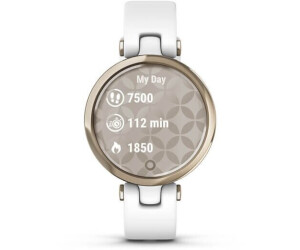
Conclusion
The Garmin Lily can do one thing above all: look good. Unfortunately, the looks are clearly at the expense of functionality. Buyers have to do without many benefits that Garmin devices otherwise offer, such as an integrated GPS, Garmin Pay or additional (useful) training functions and plans. Apart from the decent design, the Lily does not offer a unique selling point for which we could make an unconditional purchase recommendation.
However, the fact that the Lily is available at a comparatively low street price of just under 170 Euros makes it interesting for a certain target group: Those who are looking for a smartwatch that has the features of a fitness tracker, but does not look like one, can take a closer look at the Lily.
Everyone else who values sports functions and additional features like Garmin Pay or extensive music control should look for another device.
